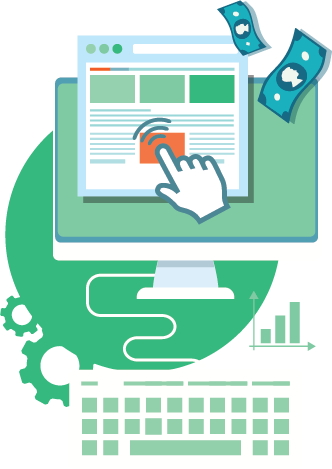A primer explaining the 4 different types of tests you can run, what they mean, and how you can use each to improve your competitive testing advantage.
A primer explaining the 4 different types of tests you can run, what they mean, and how you can use each to improve your competitive testing advantage.
One of the most debated testing topics is how large does my sample size need to be to get trustworthy test results? Some argue samples of more than 120,000 visitors per variant are needed to begin to see trustworthy test results. Ishan Goel of VWO disagrees. What does he think is needed to get trustworthy test results? Listen to this webinar recording to find out.
To get users clicking your content, which format works best: buttons or links. A series of 8 real-life A/B tests suggests one format consistently outperforms. Can you guess which version wins? Checkout the mini meta analysis to find out.
Learn how using Google Tag Manager (GTM) helps you overcome many of the limitations with Google Analytics 4 (GA4). Find out the best ways to use GTM to manage and derive the most meaningful data from GA4.
To increase conversions, should you use product or lifestyle photos to showcase and sell your product? This mini meta analysis explores and answers this question, providing you with tangible takeaways and top test ideas, all in an easy-to-scan and easy-to-implement format. Which version wins? Checkout the mini meta analysis to find out.
The testing landscape is about to turn on its head. With Google Universal Analytics (UA) platform gone, GA4 in, and the sunsetting of Google Optimize, it's a lot to keep up with! What should you do to keep up with all these major changes? Analytics expert, Dana DiTomaso, clearly spells out your next best steps.
Learn what B/A testing is and how it may be able to help you when A/B testing isn't a feasible option.
In-depth A/B test case study analysis on the effectiveness of sliders, across a variety of industries, geographic locations, and time periods, from 2013 onwards.
Test planning and prioritizing requires more than just figuring out which A/B tests to run. To be done well, you need a system in which you can track, map, and show accountability for your testing roadmap. Check out this short video to get an inside view into how Speero plans and prioritizes, and keeps accountability for their tests. Then apply the insights to optimize your own test planning and prioritization process.













